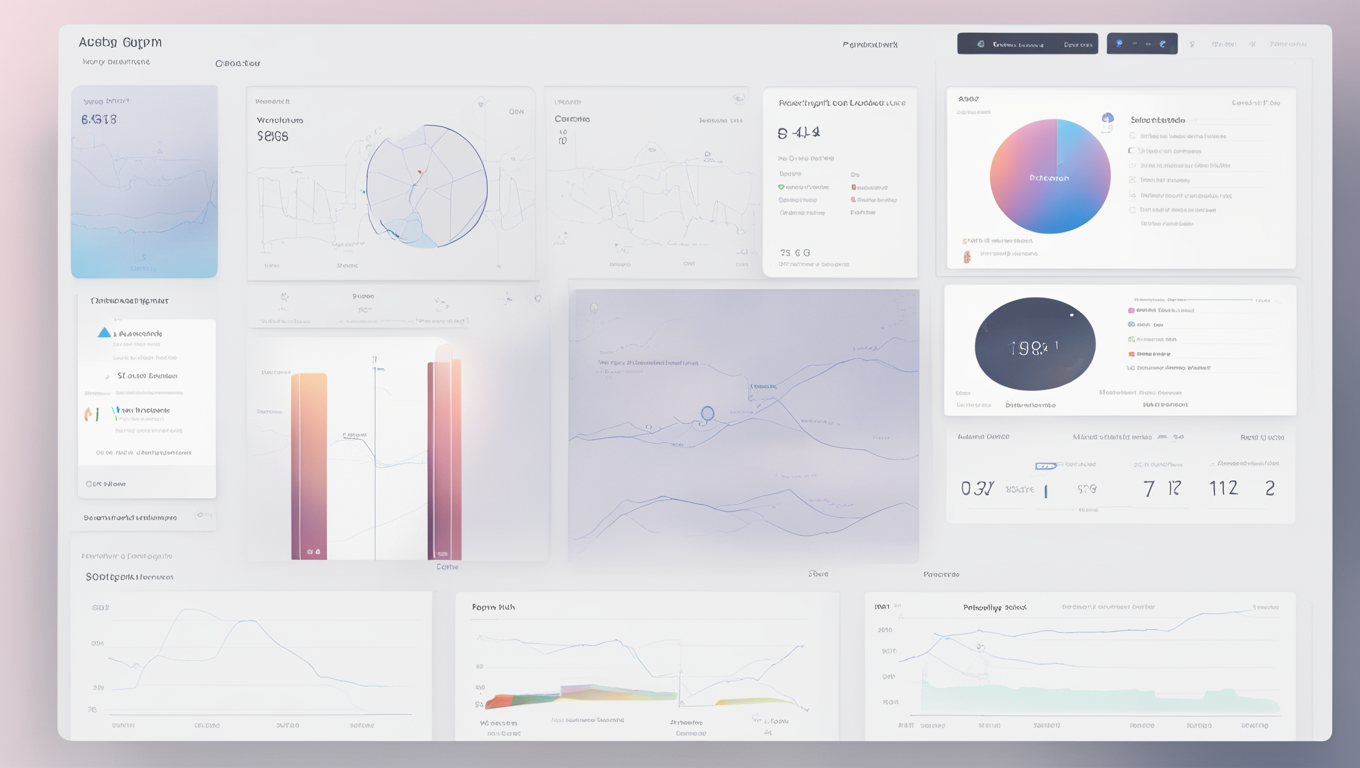Today, Asana, a leading enterprise work management solution, announced new artificial intelligence (AI) capabilities that aim to drive greater clarity, impact, and scale for executives, departments, and entire organizations. These new AI capabilities, powered by Asana’s Work Graph®, empower leaders to steer their organizations towards reaching goals and driving outcomes faster.
Dustin Moskovitz, CEO of Asana, believes that we stand at the precipice of a new golden age of innovation, where humans and AI together can achieve more than ever before. However, many leaders still find themselves without the right tools to save time and resources, drive impact, and hit their goals. With Asana’s new AI capabilities, customers can harness AI at work to drive greater clarity, accountability, and maximize impact at scale.
The latest AI innovations from Asana offer leaders a smarter way to maximize impact. This includes features such as smart fields, which allow for cross-functional collaboration with auto-generated custom fields, and a smart editor that helps write clearer, more compelling drafts with the appropriate tone.
Asana is also introducing smart summaries, which surface highlights from task descriptions and comments, as well as key action items. In the future, Asana plans to make video calls actionable by turning meeting transcripts into summaries and action items. Furthermore, smart workflows will allow users to create workflows with simple, natural language instructions that are optimized over time to match specific goals and best practices.
To drive clarity and accountability, Asana will introduce features like smart status, which enables users to create more comprehensive status updates by pulling from real-time work data to identify risks, open questions, and roadblocks. Additionally, a feature called smart answers will allow users to ask Asana questions using natural language and receive timely answers and insights about projects and next steps.
Asana’s AI capabilities will help organizations work smarter and drive outcomes faster. For example, marketing executives can use these capabilities to drive clarity around annual planning and goals, while operations leaders can maximize impact by scaling strategic initiatives across departments. IT executives can also benefit by standardizing work management on one enterprise-grade platform that uses AI in a transparent way.
Jarrod Martin, CEO at KINESSO, a global performance marketing agency, believes that as technology empowers employees, Asana has been instrumental in helping their teams work smarter. It has freed up time for employees to focus on innovation and strategic thinking, reduced joyless work, and improved bottom-line impact and client happiness. Martin is excited about the further potential of AI to reduce joyless work and enhance productivity.
In addition to these AI capabilities, Asana has also launched The Work Innovation Score, a proprietary benchmark developed by its Work Innovation Lab. This AI-driven benchmark assesses how effectively teams are working together within an organization and suggests ways to improve collaboration, accelerate productivity, maximize employee impact, and gain a competitive advantage.
Federico Torreti, head of product for AWS AppFabric at Amazon Web Services (AWS), highlights the value of The Work Innovation Score in addressing the challenge of collaboration overload and streamlining collaboration and productivity. With services like AWS AppFabric, which connects multiple software-as-a-service (SaaS) applications for better security, management, and productivity, companies can gain new visibility into streamlining collaboration and productivity to drive employee impact and gain a competitive advantage.
Asana’s new AI capabilities and The Work Innovation Score are designed to help organizations work smarter, collaborate effectively, and drive outcomes faster. With the integration of AI, Asana aims to provide leaders with the tools they need to navigate the challenges of today’s fast-paced and complex work environments, ultimately leading to greater success and innovation.





Use the share button below if you liked it.